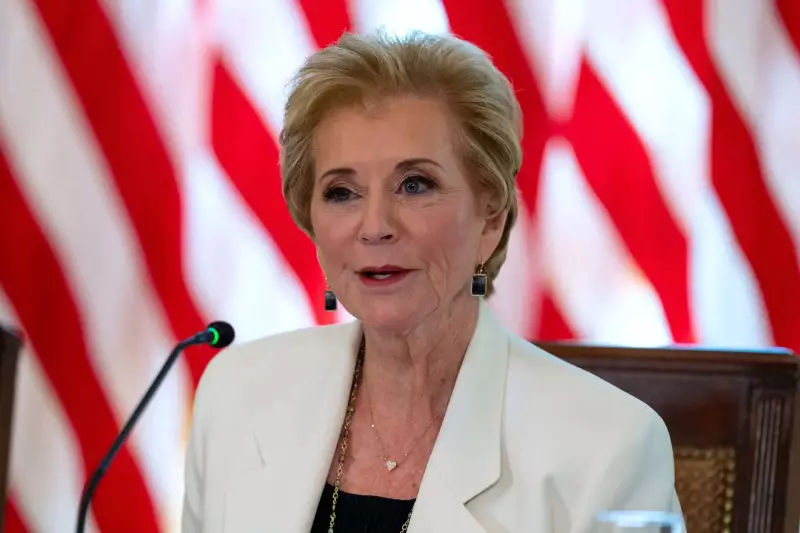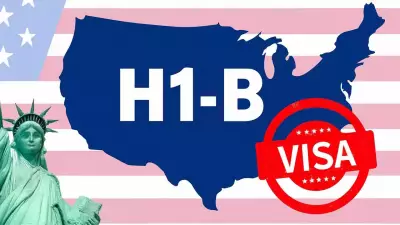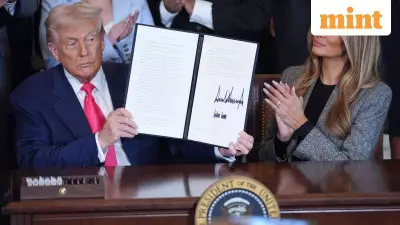
In a striking revelation that challenges conventional wisdom about federal oversight, the recent 43-day shutdown of the US Department of Education demonstrated that federal micromanagement might be largely unnecessary for daily school operations across America.
Shutdown Reveals Education System's Resilience
According to US Secretary of Education Linda McMahon, who expressed her views in a USA Today article, the extended government closure failed to disrupt classes, teacher salaries, or regular school activities nationwide. The 43-day period saw students continuing their lessons uninterrupted, sports seasons proceeding as scheduled, and local transportation services functioning normally.
McMahon emphasized that this smooth operation during the shutdown period proved the federal education bureaucracy isn't essential for day-to-day functioning. "The shutdown proved just how little the Department of Education will be missed," the Secretary wrote in her published piece.
State Management vs Federal Oversight
The Education Secretary pointed out that the DOE primarily acts as a conduit for funds that states could manage more effectively themselves. She clarified that returning education responsibilities to state levels wouldn't eliminate federal support for crucial programs.
Funding for low-income students and students with disabilities existed before the DOE's establishment and will continue regardless of departmental structure, McMahon noted. She also stressed that protecting students' civil rights remains a permanent commitment that will persist even without a centralized bureaucracy.
McMahon argued that education oversight works best when handled by those closest to families and communities. She highlighted ongoing collaborations between federal agencies, including the DOE and Department of Labor, which recently launched an innovative integrated state plan portal to streamline workforce development programs.
Education Reform and Future Directions
The Secretary detailed how the DOE is encouraging states to utilize existing flexibilities under Title I funding and pursue school choice measures within current federal regulations. Several states have already received waivers from regulatory burdens, enabling them to create customized arrangements suited to local needs rather than relying on one-size-fits-all mandates.
McMahon described ongoing 50-state listening tours designed to consult students, teachers, and education leaders from both K-12 and higher education sectors about strategies that improve learning outcomes. The DOE plans to identify and showcase successful state programs to guide policy development in other states.
In higher education, McMahon said the department is refocusing federal funding to promote career-oriented skills that better prepare students for workforce entry. She noted that current student lending limits don't account for program quality or return on investment, contributing significantly to the $1.7 trillion student debt crisis.
"We are implementing reforms passed in the One Big Beautiful Bill Act to lower tuition costs and incentivise meaningful degrees and certificates," McMahon wrote. She assured that federal discrimination laws would continue to be enforced to ensure student protections remain intact.
This perspective aligns with longstanding conservative goals to restrain the Department of Education since its creation under President Jimmy Carter in 1979. McMahon highlighted that even after 45 years of federal involvement, students continue facing challenges in reading proficiency, global test scores, and college debt accumulation.
The Trump administration remains committed to empowering state and local leaders to deliver high-quality education while reducing federal micromanagement. Linda McMahon currently serves as the 13th US Secretary of Education, overseeing both K-12 and higher education policies during this administration.





